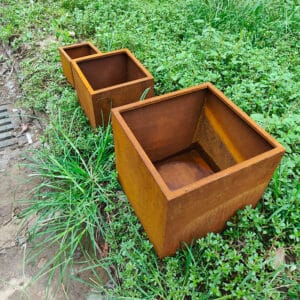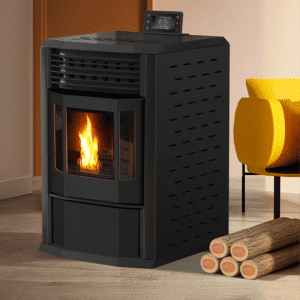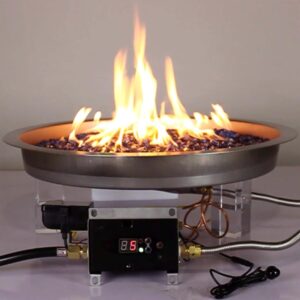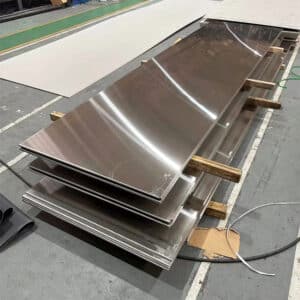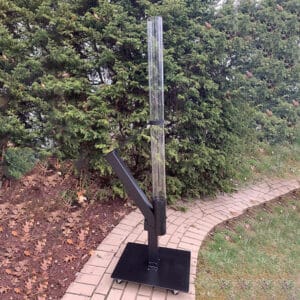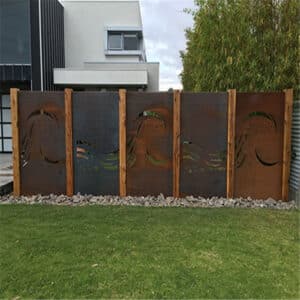1. Composición química
- Corten A Has a higher phosphorus content than Corten B, improving its corrosion resistance, especially in atmospheric conditions.
- Typical Composition:
- Carbon (C): ≤0.12%
- Phosphorus (P): 0.07-0.15%
- Sulfur (S): ≤0.030%
- Silicon (Si): 0.25-0.75%
- Manganese (Mn): 0.20-0.50%
- Copper (Cu): 0.25-0.55%
- Chromium (Cr): 0.30-1.25%
- Nickel (Ni): ≤0.65%
- Typical Composition:
- Corten B Has a lower phosphorus content, making it better for higher mechanical stress applications.
- Typical Composition:
- Carbon (C): ≤0.16%
- Phosphorus (P): ≤0.035%
- Sulfur (S): ≤0.030%
- Silicon (Si): 0.30-0.50%
- Manganese (Mn): 0.80-1.25%
- Copper (Cu): 0.20-0.40%
- Chromium (Cr): 0.40-0.65%
- Nickel (Ni): ≤0.40%
- Typical Composition:
2. Propiedades mecánicas
- Corten A: Lower tensile strength and higher ductility, making it ideal for architectural and decorative applications.
- Yield Strength: 275 MPa
- Tensile Strength: 410-530 MPa
- Elongation: 20% (min)
- Corten B: Higher tensile strength and durability, making it suitable for structural applications.
- Yield Strength: 345 MPa
- Tensile Strength: 485-610 MPa
- Elongation: 19% (min)
3. Resistencia a la corrosión
- Corten A: This material has superior atmospheric corrosion resistance. The higher phosphorus content makes it ideal for outdoor projects exposed to the air.
- Corten B: Slightly less resistant to atmospheric corrosion, but it performs better under conditions involving water or heavy loads.
4. Corten A Aplicaciones
- Corten A:
- Architectural projects
- Decorative facades and sculptures
- Thin-walled structures
- Corten B:
- Bridges
- Heavy-duty structures
- Industrial buildings and storage tanks
Key Takeaway:
- Corten A is better for decorative and lightweight uses, prioritizing corrosion resistance.
- Corten B is preferred for load-bearing structures requiring mechanical strength.
| Característica | Corten A | Corten B |
|---|
| Phosphorus Content | High (0.07-0.15%), enhances atmospheric corrosion resistance | Low (≤0.035%), suitable for higher mechanical stress applications |
| Carbon Content | ≤0.12% | ≤0.16% |
| Resistencia a la corrosión | Superior in atmospheric conditions | Better in environments with moisture or heavy loads |
| Mechanical Strength | Lower tensile and yield strength, higher ductility | Higher tensile and yield strength, less ductile |
| Límite elástico | ≥275 MPa | ≥345 MPa |
| Resistencia a la tracción | 410-530 MPa | 485-610 MPa |
| Aplicaciones | Architectural facades, sculptures, lightweight structures | Bridges, industrial buildings, heavy-duty structures |
| Typical Composition | Higher in phosphorus and copper | Higher in manganese and chromium |

